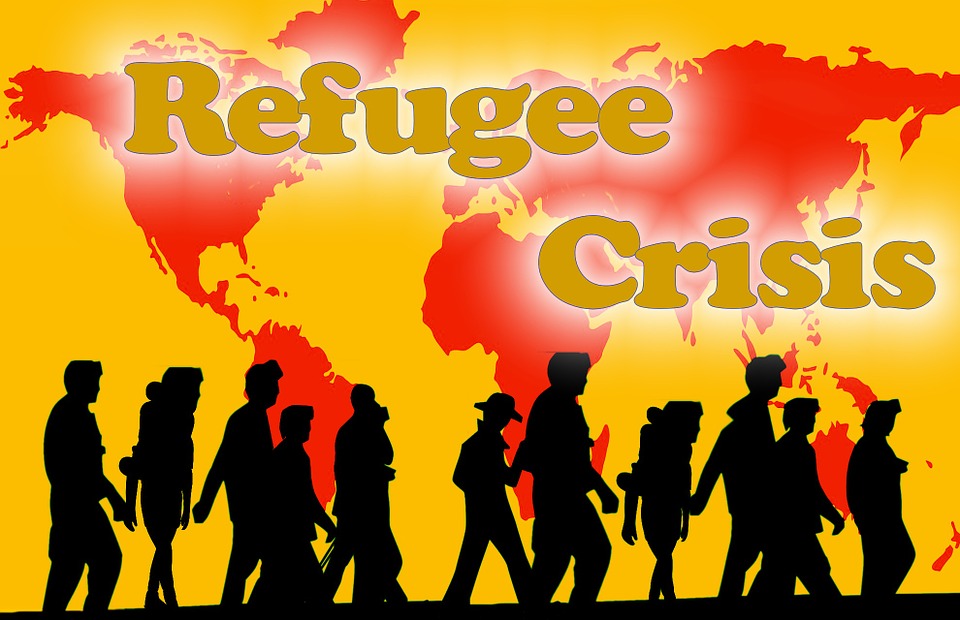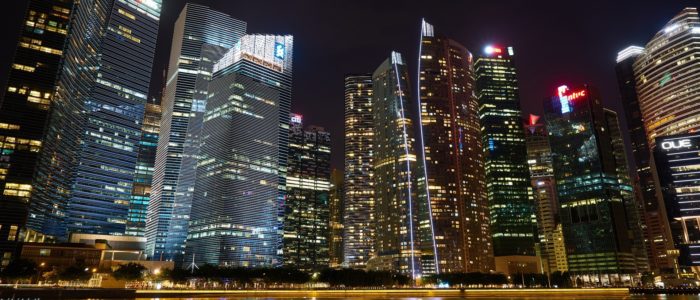Refugees crisis and use of technology

who is a refugee?
Refugees crisis and use of technology, according to UNHCR, a refugee is someone who has been forced to flee his country for compelling reasons like persecution, war or violence. A refugee has a well-established fear of persecution for reasons of race, nationality, religion, political feeling or participation in a specific social gathering. In all probability, they can’t return home or are hesitant to do as such. War and ethnic, tribal and religious violence are driving reasons for refugees escaping their counties (UNHCR, 2019). Also, according to world vision statistics shows that there are 70.8 million people have been forcibly displaced and research carried out by (Huber& Reid, 2019) stated that majority of these refugees from 7 countries (Syria 6.7m, Afghanistan 2.7m, South Sudan 2.3m, Myanmar 1.1m, Somalia 900,000, Sudan 725,000, DRC 720,300). it is important to look for the role of technologies in the refugees’ crisis.
These refugees are facing difficulties from their home counties and throughout their journey up to final destinations in the hosting countries to settle and integrate with the new communities, but the use of technology and smartphone make it a little easier. so, it is crucial to investigate the refugees’ crisis and the use of technology

Refugees crisis
Refugees crisis and use of technology, according to (Will, 2016) for many refugees, “…the smartphone is the most precious possession they own it can provide a link to an old life or make sense of a new life” and stated the interview with refugee from Aleppo on Channel 4 (the smartphone has everything, all my family and all my world), for other refugees they use the smartphones in their countries and in IDPs camp, and through their journey up to Europe.
New research in the government’s resettlement scheme shows that the language barrier and lack of English classes prevent people from fleeing to the UK from integrating for many years (the Guardian, 2016).
According to research carried out by GSMA 2017 on refugees shows that when refugees arrive in Europe in recent years from 2015 to 2017, the aid workers and volunteer noticed that many refugees not only they have smartphones, but it is the most important tool for organising their journey and staying in touch with their family and friends and the first thing they ask about is Wi-Fi or charging before water and food.
A case study on GSMA (2016) shows that in response to high volume of refugee arriving in German in 2015/2016 nearly 1 million refugees, the German Deutsche Telekom has launched campaign to connect refugees with their family back home and help them to integrate in the community by providing free Wi-Fi to over 70 camps and launch a mobile app for fast integration.
An article was written in GSMA (2018) about mobile for humanitarian innovation mentioned that there are 5 ways that Mobile is a lifeline for refugees and displaced people by connecting with family and friends, humanitarian cash transfers and mobile financial services, education, mobile-enabled utilities and connectedness, and wellbeing.
References
- https://www.unrefugees.org/refugee-facts/what-is-a-refugee/
- World Vision. (2019). Forced to flee: Top countries refugees are coming from. Retrieved from
https://www.worldvision.org/refugees-news-stories/forced-to-flee-top-countries-refugees-coming-from
- Worley, W. (2016). Syrian woman explains why refugees need smartphones. London: Independent Digital News & Media. Retrieved from https://search.proquest.com/docview/1788436913?accountid=8058







Nobody is safe from the crisis, you don’t know when it hits your country or the area where you live